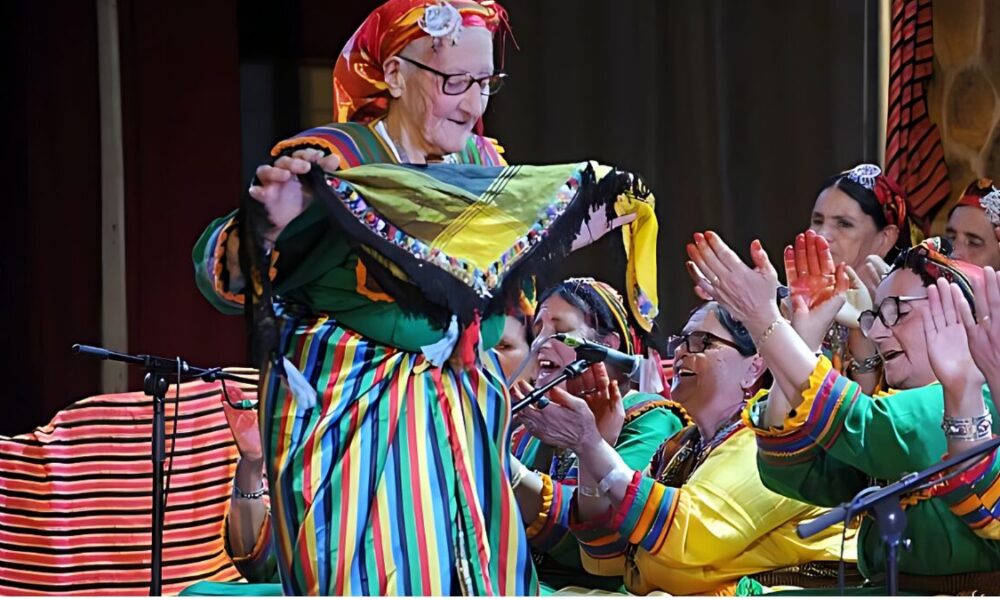The Amazig, often referred to as Berbers, are a group of indigenous people in North Africa with a rich history and vibrant culture that has endured for millennia. Spread across countries like Morocco, Algeria, Tunisia, Libya, Mali, and Niger, the Amazig people have maintained their unique identity despite the numerous waves of invasions, colonizations, and modern influences. This article delves into the history, culture, and contemporary relevance of the Amazig people.
Historical Background
Origins and Early History
The origins of the Amazig people trace back to prehistoric times. Evidence from rock art and archaeological findings suggests that their ancestors have inhabited North Africa for thousands of years. The name “Amazig” translates to “free people” or “noble men,” reflecting their sense of pride and resilience. Ancient Egyptian records from as early as 3000 BCE mention the “Libu” (Libyans), considered to be ancestors of the modern Amazig.
Roman and Arab Conquests
Throughout history, North Africa has been a crossroads of various civilizations, each leaving its mark on the region. The Amazig lands were initially influenced by the Phoenicians and later by the Carthaginians. However, it was the Roman Empire that had a significant impact, integrating the Amazig territories into the Roman province of Mauretania.
The Arab conquest in the 7th century CE brought Islam to North Africa, which the Amazig adopted while preserving many aspects of their culture and language. Despite Arabization, the Amazig managed to retain their distinct identity, often blending Islamic practices with their indigenous traditions.
Colonial Era and Independence Movements
The colonial era saw North Africa divided among European powers, with France and Spain colonizing large parts of Amazig territories. The Amazig played a crucial role in the resistance against colonial rule, with figures like Abdelkrim al-Khattabi leading the fight against Spanish and French forces in Morocco during the Rif War (1921-1926).
After gaining independence, North African countries often pursued policies of Arabization, marginalizing Amazig culture and language. However, the Amazig people continued to advocate for their rights, leading to a cultural renaissance and greater recognition in recent decades.
Culture and Traditions
Language and Literature
The Amazig language, also known as Tamazight, is a branch of the Afro-Asiatic language family. It includes several dialects, such as Tarifit, Tashelhit, and Kabyle. Despite centuries of suppression, Tamazight has seen a revival, with efforts to standardize and teach it in schools.
Amazig literature, both oral and written, is rich with poetry, proverbs, and stories that reflect their history, values, and way of life. Oral tradition remains a vital part of Amazig culture, with tales and songs passed down through generations, often performed during community gatherings and festivals.
Art and Craftsmanship
Amazig art is renowned for its intricate designs and vibrant colors. Their traditional crafts include weaving, pottery, jewelry, and leatherwork. Amazig women are particularly known for their skill in weaving rugs and textiles, using geometric patterns and symbols that hold cultural significance.
Jewelry, especially silver, plays a vital role in Amazig culture, serving not only as adornment but also as a form of wealth and social status. Traditional Amazig jewelry often features intricate designs, with motifs symbolizing protection, fertility, and identity.
Music and Dance
Music and dance are integral to Amazig culture, with each region having its own distinctive styles. Traditional Amazig music often features instruments like the bendir (frame drum), gimbri (three-stringed lute), and zurna (a type of oboe). Songs and dances are performed during various celebrations, including weddings, harvest festivals, and religious holidays.
One of the most famous Amazig dances is the Ahidus, performed by both men and women in a circle, accompanied by rhythmic clapping and chanting. The dance is a symbol of unity and community, reflecting the collective spirit of the Amazig people.
Social Structure and Gender Roles
The Amazig society traditionally operates on a tribal system, with each tribe having its own leadership and social hierarchy. Tribal councils, known as Jama’a, play a crucial role in decision-making and conflict resolution, ensuring the welfare of the community.
Gender roles in Amazig society have evolved over time, but traditionally, women hold a significant place in both the household and the community. Amazig women are often responsible for preserving cultural heritage through storytelling, music, and crafts. In recent years, there has been a growing movement for gender equality and women’s empowerment within Amazig communities.
Contemporary Challenges and Revival
Political and Social Marginalization
Despite their historical significance and cultural contributions, the Amazig people have faced political and social marginalization in many North African countries. Policies of Arabization, lack of official recognition, and limited access to resources have posed significant challenges to the preservation and promotion of Amazig identity.
However, the Amazig movement has gained momentum, advocating for greater recognition of their language and culture. In countries like Morocco and Algeria, there have been significant strides towards acknowledging Amazig rights, including the official recognition of amazig as a national language.
Cultural Renaissance
The Amazig cultural renaissance is evident in various aspects of contemporary life. Festivals celebrating Amazig heritage, such as the Imilchil Marriage Festival in Morocco and the Yennayer New Year celebration, have gained prominence, attracting both local and international attention.
Media and technology have also played a crucial role in the revival of Amazig culture. Television channels, radio stations, and online platforms dedicated to amazig language and culture have emerged, providing a space for cultural expression and preservation.
Contributions to Modern Society
The Amazig people have made significant contributions to modern North African society in various fields, including politics, arts, and academia. Prominent Amazig figures, such as the writer and activist Malika Mezzane and the musician Idir, have brought international attention to Amazig issues and culture.
In the realm of politics, Amazig activists continue to advocate for greater representation and rights, pushing for policies that promote cultural diversity and inclusion. The Amazig flag, featuring the colors blue, green, and yellow with the red letter “ⵣ” (Yaz) in the center, has become a symbol of pride and solidarity for Amazig communities worldwide.
Conclusion
The Amazig people of North Africa embody a rich and enduring culture that has withstood the test of time. From their ancient origins to their contemporary revival, the Amazig have maintained a strong sense of identity and pride. Despite the challenges of marginalization and assimilation, they continue to celebrate and preserve their unique heritage, contributing to the diverse tapestry of North African culture.
As the world becomes more interconnected, the recognition and appreciation of Amazig culture are crucial not only for the preservation of their identity but also for fostering a greater understanding of the diverse cultures that make up our global community. The Amazig story is one of resilience, creativity, and enduring spirit, offering valuable lessons on the importance of cultural heritage and the power of community.











+ There are no comments
Add yours